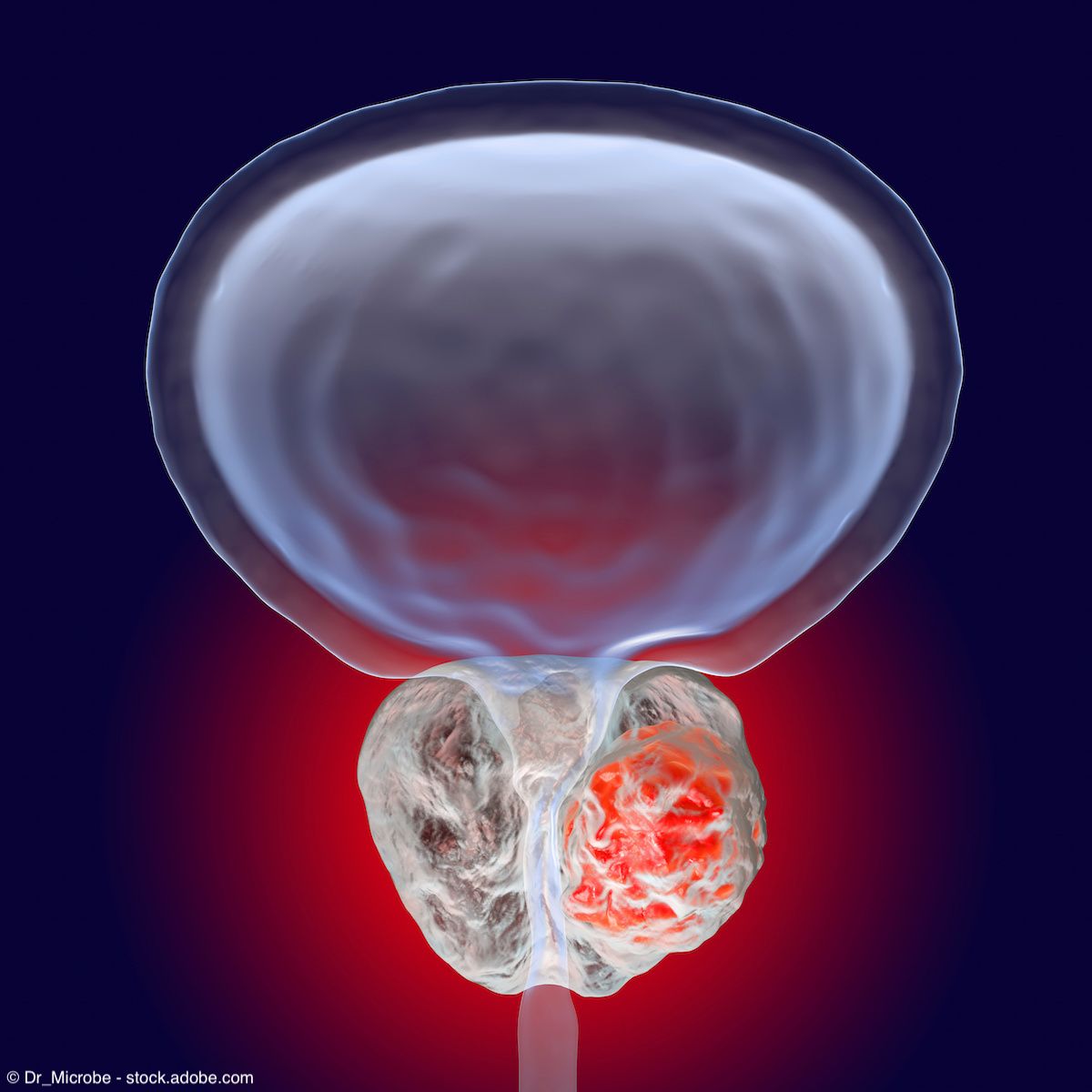Opinion
Video
Vanita Gaglani, RPT, discusses books on post-prostatectomy incontinence and prostatitis
Author(s):
"My second book is on pelvic pain or prostatitis. It is focused on a holistic approach and stretches and mindfulness exercises," says Vanita Gaglani, RPT.
In this video, Vanita Gaglani, RPT, discusses her books on post-prostatectomy incontinence and prostatitis. Gaglani is a registered physical therapist and owner of Vanita’s Rehab in Melbourne, Florida. She was interviewed at the 2025 Desai Sethi Urology Institute Urology on the Beach meeting in Miami Beach, Florida.
Transcription:
You have written books regarding post-prostatectomy incontinence as well as prostatitis. Could you provide a brief summary of these works?
[One of my books is about] radical prostatectomy and overcoming incontinence in several weeks. It encompasses everything. It shows all the exercises, but it also talks about how to increase your bladder capacity, why you should drink water, how drinking water does not make you leak more; it actually makes you leak less, how doing more exercises will actually make you leak more.
The reason that we focus on not doing a lot of exercises initially is because the pelvic floor is small, like your hand. Your hand muscles are small. If you keep squeezing your hand muscles, then what will happen is that at a point, you will not be able to hold anything. Similarly, if you do too many Kegels, it will create a problem that the pelvic floor won't have the strength to hold it. The second important thing in the book is how the bladder works. I encourage men to not have drinks or bladder aggravants, and to focus on alkaline or neutral foods to decrease bladder spasms. The reason that happens is,imagine if a person has had a cut on the hand and it is sutured, and then if you put lemon juice on it, it goes into a spasm. Similarly, when people drink soda after surgery, the bladder goes into a spasm, and then the urine will get pushed out, because the job of the kidneys is to remove toxic material, and soda is very toxic, along with several other bladder aggravants. The book focuses on a holistic approach, along with exercise, and it is focused on nutrition, hydration, behavior modification, and exercise. All 4 components are required for a man to get dry. You cannot just do Kegel exercise or only drink a lot of water or just do body mechanics. They all have to be combined together in a sequence, and that is what the book focuses on.
My second book is on pelvic pain or prostatitis. It is focused on a holistic approach and stretches and mindfulness exercises. It is more of a self-help book A person can sit at home and do all these stretches and exercises. It also requires following certain nutritional protocol and behavioral protocol, as well as body mechanics. Prostatitis is a very unique condition in men. It is not something men talk about very frequently, because it is something that is not talked about often in public. lt is very difficult for a man to go and say, "my rectum is hurting," or "my scrotum is hurting," or "I have got penile pain and I cannot sit for a long time," or "I cannot bike," or "I cannot stand for a long time." This book helps them to know that they are not the only ones having this problem. There are a lot of young men who have this problem, and it absolutely impinges on their social life, because they just kind of isolate themselves.
This transcript was AI generated and edited by human editors for clarity.

















